Introduction and Early Domestication of Dogs
1.1 Introduction to the History of Dogs
The history of dogs is a captivating journey that intertwines with the evolution of human civilization. As the first domesticated species, canis lupus familiaris or “dogs” have shared a unique bond with humans for thousands of years. This bond has evolved over time, with dogs playing various roles from hunting partners and herders to companions and family members. The rich history of domesticated dogs reflects not only their adaptability and resilience but also their significant contribution to human societies across the globe. For a more history on dogs, you can visit History Cooperative.
1.2 Theories of Dog Domestication
The domestication of dogs is a topic of ongoing research and debate among scientists. The most widely accepted theory, as presented by Smithsonian Magazine, is that dogs are descendants of wolves, domesticated by humans thousands of years ago.
Some theories suggest that humans actively tamed and bred wolves for specific traits, while others propose that wolves self-domesticated by scavenging near human settlements. Genetic studies of wolf ancestors have played a crucial role in understanding the process of dog domestication, although the exact timeline and location remain subjects of debate.
1.3 Evidence of Early Domestication
Archaeological and genetic evidence provide crucial insights into the early domestication of dogs. The discovery of dog remains in close proximity to human settlements and burial sites indicates a close relationship between dogs and humans dating back to prehistoric times.
Genetic studies, on the other hand, have revealed a deep genetic divergence between dogs and their closest wild relatives, the wolves. This divergence is believed to be the result of a long process of domestication and selective breeding. For more insights into the evolution of modern dogs though, you can check out this resource from PBS.
1.4 The Role of Dogs in Early Human Societies
In early human societies, domestic dogs played a variety of roles that were crucial for survival. As hunting partners, they helped track and catch game. As guard animals, they protected human settlements from predators and intruders. Dogs were also used for transportation, pulling sleds in snowy regions.
Over time, as human societies evolved and became more complex, so did the roles of dogs. They became herders, assisting with the management of livestock, and companions, providing emotional support and companionship. The versatility and adaptability of dogs have made them an integral part of human history and culture. For more information about the roles of dogs in human societies, you can visit Britannica.
Part 2: Origin and Domestication of Dogs
Theories about the Origin of Dogs
The origin of dogs is a topic that has fascinated scientists and dog lovers alike. The most widely accepted theory is that dogs and gray wolves diverged from an extinct wolf species some 15,000 to 40,000 years ago. This theory, as explained by Smithsonian Magazine, is based on genetic studies that show a close relationship between dogs and wolves.
The exact process of how and when wolves evolved into dogs is still a subject of ongoing research. Some theories propose that the domestication process started when wolves began to scavenge near human settlements, while others suggest that early humans actively tamed and bred wolves.
Process of Domestication and its Timeline
The domestication of dogs is believed to have occurred over a long period of time through a process of natural selection and human intervention. Over generations, tamed wolves evolved into a separate species – dogs. According to a study published in Nature, the domestic dog could have started as early as 40,000 years ago, making dogs the first domesticated species.
Role of Humans in the Domestication Process
Humans have played a significant role in the domestication of dogs. Early humans likely provided food and shelter to wolves, which in turn, offered protection and helped in hunting. This mutually beneficial relationship led to the taming of wolves and their eventual domestication into early dogs.
Over time, humans began selectively breeding these tamed wolves for specific traits such as size, temperament, and ability to perform certain tasks. This process of selective breeding has led to the wide variety and genetic diversity of dog breeds we see today.
Controversies and Debates about the Origin and Domestication
Despite the wealth of research, the origin and domestication of dogs remain subjects of controversy and debate. One of the main points of contention is the location of dog domestication. While some studies suggest that dogs were domesticated in Europe, others point to Central Asia or the Middle East.
Another debate revolves around the number of domestication events. Some researchers believe that dogs were domesticated multiple times from different wolf populations, while others argue for a single domestication event. These controversies highlight the complexity of dog domestication and the need for further research. For more insights into these debates, you can check out this article from Discover Magazine.
Development of Different Breeds
The development of different purebred dogs is a result of selective breeding for specific traits by humans. Early humans began selectively breeding dogs for specific traits that were beneficial for various tasks such as hunting, herding, guarding, and companionship.
Over generations, this led to the emergence of different purebred breeds, each with its unique characteristics. The American Kennel Club recognizes over 200 different breeds today, each with its unique history, purpose, and characteristics.
Impact of Selective Breeding
Selective breeding has had a significant impact on the physical and behavioral traits of dogs. By selecting dogs with desirable traits to breed, humans have been able to shape the evolution of dogs in ways that would not have been possible through natural selection alone.
Selective breeding has also led to some health issues in certain breeds. For instance, some breeds are prone to specific genetic disorders due to the limited gene pool. This article from PBS provides more insights into the impact of selective breeding on dogs.
Modern Dog Breeds and Their Characteristics
Modern dog are incredibly diverse, ranging from the tiny Chihuahua to the large Great Dane . Each breed has its unique characteristics, which can be physical traits such as size, coat type, and color, or behavioral traits such as temperament, intelligence, and instinctual behavior.
For instance, Border Collies are known for their intelligence and abilities as herding dogs, while Beagles are known for their excellent sense of smell and friendly nature. For more information on different breeds and their characteristics, you can visit the Furlyfe Breed Information Page.
Part 3: Dogs in Ancient Civilizations
3.1 Dogs in Ancient Egypt
In Ancient Egypt, dogs were highly valued and played various roles in society. They were used for hunting, guarding, and companionship. Dogs were often depicted in Egyptian art, and some ancient breeds, like the Basenji and the Saluki, are still recognized today. Dogs were also considered sacred in some contexts, and the death of a pet dog was often mourned with elaborate rituals. This reverence for dogs is evident in the History Cooperative’s article on the history of dogs.
3.2 Dogs in Ancient Rome and Greece
In Ancient Rome and Greece, dogs were highly valued and had a wide range of uses. They were used for hunting, guarding, warfare, and companionship. Some Breeds like the Molossus, the ancestor of the Mastiff, were used in warfare. In some cases, they even had spiritual or sacred significance. Dogs were often depicted in art and literature, suggesting that they held an important place in society. Dogs were seen as loyal and valued companions, often treated with care and respect. This reverence for dogs in Ancient Rome and Greece has carried on to modern times.
3.3 Dogs in Ancient Asian Civilizations
In Ancient Asian civilizations, dogs played various roles. In China, dogs were used in hunting, as guard dogs, and as companions. Some breeds, like the Shar-Pei and the Shih Tzu, were bred as royal pets. In Japan, dogs were often used in hunting, and some breeds like the Akita were considered sacred and were used in religious rituals. For more insights into the role of dogs in these civilizations, you can check out this article from Britannica.
3.4 The Significance of Dogs in Ancient Cultures
Dogs held significant roles in many ancient cultures. They were often seen as more than just animals; they were hunting partners, protectors, and companions. In some cultures, dogs were even considered sacred. The significance of dogs in these cultures is a testament to the long-standing bond between humans and dogs. This bond has evolved over time, with dogs playing various roles from hunting partners and herders to companions and family members. The rich history of dogs reflects not only their adaptability and resilience but also their significant contribution to human societies across the globe.
Part 4: Dogs in the Middle Ages and the Renaissance
4.1 Roles of Dogs in the Middle Ages
During the Middle Ages, dogs continued to play important roles in human societies. They were used in hunting, herding, and guarding. Hunting dogs were particularly valued, and different breeds were developed for different types of hunting. Dogs were also used in warfare, both as attack dogs and as messengers. In addition to these practical roles, dogs were also companions and were often depicted in art and literature.
4.2 Breeding and Dog Varieties in the Middle Ages
The Middle Ages saw the development of many of the dog breeds that we know today. Selective breeding was used to enhance specific traits, leading to the development of specialized breeds for hunting, herding, and guarding. For instance, the Greyhound was bred for speed, while the Mastiff was bred for strength and guarding abilities. For more information on the different domesticated dog breeds and the history of breeding read this article from Furlyfe.com
4.3 Dogs in the Renaissance Period
During the Renaissance, dogs continued to be valued for their practical roles, but they also began to be seen more as companions. The period saw the development of smaller breeds of domestic dogs that were kept for companionship rather than for work. Dogs were often depicted in art, reflecting their status as valued companions. This PBS article provides more insights into the role of dogs during the Renaissance.
4.4 The Role of Art in Documenting Dogs’ History
Art has played a significant role in documenting the history of dogs. From ancient cave paintings to Renaissance portraits, dogs have been a common subject in art throughout history. These depictions not only show the physical characteristics of different breeds but also provide insights into the roles of dogs in different societies and periods. For instance, hunting scenes show the use of dogs in hunting, while portraits often show dogs as companions. The National Gallery’s collection includes many paintings featuring dogs, reflecting their importance throughout history.
Part 5: Dogs in the Modern Era
5.1 Dog Breeding in the 19th and 20th Centuries
The 19th and 20th centuries saw a significant expansion in dog breeding. With the rise of dog shows and breed clubs, there was an increased focus on breeding dogs for specific physical traits. This period saw the development of many of the modern dogs we know today. The American Kennel Club, founded in the late 19th century, played a significant role in this process, establishing standards for different breeds and promoting responsible breeding practices. Read here for more information on Dog Clubs.
5.2 War Dogs and Their Contributions in World Wars
Modern Dogs played significant roles in both World Wars. They were used as messengers, sentries, and search and rescue dogs. Some dogs trained to locate mines. Their contributions were invaluable, saving countless lives and earning them a place in military history. The National Geographic provides more information on the role of dogs in the World Wars.
5.3 Dogs in Modern Roles: Service Dogs, Police Dogs, etc.
Today, dogs continue to serve in practical roles. They are used as service dogs, assisting people with disabilities, and as therapy dogs, providing comfort to people in hospitals, nursing homes, and schools. Police dogs help in search and rescue operations, in detecting drugs and explosives, and in apprehending suspects. The versatility and adaptability of dogs make them ideal for these roles. The FurLyfe Breed Page provides more information on the different breeds and their suitability for different roles.
5.4 Changing Relationship Between Humans and Dogs
The relationship between humans and dogs has changed significantly over time. While dogs were once valued primarily for their practical roles, today they are often seen as family members. This shift is reflected in changes in dog care and training, in the growth of the pet industry, and in legal protections for dogs. However, this shift has also led to some challenges, including overbreeding and puppy mills.
5.5 WW2 on Dog Breeds
During World War II, many dog breeds faced the threat of extinction due to the harsh conditions and resource scarcity. Breeding programs were halted, and many dogs were left to fend for themselves. Some breeds, particularly those associated with certain countries or regions, were targeted and killed. In one fascinating case, the German Spitz Breed in America was simply renamed the American Eskimo Breed and recognized as a different breed due to anti German sentiment.
Despite these challenges, dedicated breeders, pet owners, and dog lovers worked tirelessly to preserve these breeds, often at great personal risk. Today, thanks to their efforts, many of these breeds continue to thrive. For more information on how dog breeds were impacted during World War II, you can visit this National Geographic article.
Part 6: Scientific Studies and Discoveries
6.1 Genetic Studies on Dogs and Their Implications
Genetic studies on dogs have provided valuable insights into their evolution, behavior, and health. For instance, genetic research has confirmed that dogs are descendants of wolves and has provided clues about the timing and location of their domestication. Genetic studies have also identified genes associated with specific traits and diseases, which can help in breeding healthier dogs and in developing treatments for genetic disorders. More information on genetic studies on dogs can be found in this Smithsonian Magazine article.
6.2 Behavioral Studies on Dogs
Behavioral studies on dogs have helped us understand their cognitive abilities, their behavior, and their relationship with humans. These studies have shown that dogs have a unique ability to understand human cues, a trait that is likely a result of their long history of domestication. Behavioral studies have also provided insights into dog behavior and have helped in developing training methods.
6.3 Impact of Domestication on Dogs’ Cognitive Abilities
Domestication has had a significant impact on dogs’ cognitive abilities. Dogs have developed a unique ability to understand human cues, a trait that is not found in wolves. They can follow human pointing gestures, can read human emotions, make human emotional sounds, and can even understand some words. These cognitive abilities have made dogs highly adaptable and have enabled them to thrive in human societies.
6.4 Future Directions for Research
Future research on dogs will likely continue to focus on their genetics, behavior, and health. With advances in genetic technology, we can expect to learn more about the genetic basis of dog traits and diseases. Behavioral studies will continue to provide insights into dog cognition and behavior. There is also a growing interest in understanding the human-dog relationship and its impact on both human and dog health and well-being.
Part 7: The History of Dog Services
7.1 The Evolution of Dog Grooming
- Early grooming practices and their purposes: In ancient times, grooming was primarily for health and comfort, with dogs being groomed to remove dirt and parasites.
- The development of professional grooming: With the rise of dog shows in the 19th century, grooming became more aesthetic, leading to the emergence of professional groomers.
- The rise of grooming styles and breed standards: Each breed developed its unique grooming style, often linked to the breed’s purpose and standard. The American Kennel Club provides more information on breed standards.
- Modern grooming practices and trends: Today, dog grooming is a blend of health, comfort, and aesthetics, with a wide range of products and services available.
7.2 The History of Dog Training
- Early training methods for working dogs: Early training was focused on tasks such as hunting, herding, and guarding.
- The development of obedience training: With the rise of dog shows, obedience became a valued trait, leading to the development of obedience training.
- The rise of positive reinforcement methods: In the 20th century, training methods shifted towards positive reinforcement, focusing on rewarding desired behavior.
- Modern training techniques and dog sports: Today, training encompasses a wide range of activities, from basic obedience to specialized tasks and dog sports. The United Kennel Club provides more information on dog training.
7.3 The History of Dog Breeding
- Early breeding practices and their goals: Early breeding was focused on enhancing traits for specific tasks, such as hunting or herding.
- The establishment of breed clubs and standards: With the rise of dog shows, breed clubs were established, and breed standards were developed.
- The impact of dog shows on breeding: Dog shows promoted the breeding of dogs for physical traits, leading to the development of many of the breeds we know today.
- Modern breeding practices and controversies: Today, there is a growing emphasis on health and temperament in breeding, but controversies remain, particularly around the health issues associated with some breeds.
7.4 The Emergence of Dog Sports
- The origins of dog sports in hunting and herding trials: The first dog sports were hunting and herding trials, testing the skills of working dogs.
- The development of different dog sports: Over time, a wide range of dog sports emerged, from obedience trials to agility competitions.
- The role of dog sports in training and breeding: Dog sports have influenced training methods and breeding, with dogs being bred and trained for specific sports.
- Modern dog sports and their popularity: Today, dog sports are popular activities for dogs and their owners, promoting training, health, and the human-dog bond. The United Kennel Club provides more information on modern dog sports.
Part 8: Famous Dogs in History
8.1 A Review of Famous Dogs in History
Throughout history, dogs have played significant roles in various aspects of human life, from companionship and entertainment to service and heroism. This section will delve into the lives of some of the most famous dogs in history, shedding light on their unique stories and the impact they’ve had on human society.
8.2 Famous Dogs in Literature and Film
- Lassie: The Rough Collie from the television series and novel. Lassie was one of the most popular canine movie stars of the ’40s and ’50s. The original Lassie was a Rough Collie named Pal, and since his death in 1958, all Lassie roles have been held by pups of his bloodline.
- Rin Tin Tin: The German Shepherd who was a Hollywood star in the 1920s and 1930s. Rin Tin Tin was found in war-ravaged France during WWI and adopted by an American soldier named Lee Duncan. He starred in nearly 30 films, many of which were written specifically for him.
- Toto: The Cairn Terrier from the classic film “The Wizard of Oz.” Toto, whose real name was Terry, was abandoned as a puppy and later adopted by Carl Spitz, the unofficial dog-trainer of Hollywood. She starred in 17 films, including the iconic “The Wizard of Oz.”
8.3 Historical Dogs
- Hachiko: The Akita known for his remarkable loyalty to his owner in Japan. Hachiko would wait for his owner at the Shibuya train station every day, even after his owner’s death, until he himself passed away nearly a decade later. More about Hachiko
- Balto: The Siberian Husky who led his team on the final leg of the 1925 serum run to Nome, Alaska. Balto became the face of this monumental success and is now known as one of the most famous dogs in history.
- Laika: The first animal to orbit Earth, sent to space by the Soviet Union. Laika was a stray dog from Moscow who became a part of one of the most significant events in the space race.
8.4 Famous Dogs in Politics
- Fala: Franklin D. Roosevelt’s Scottish Terrier. Fala was a constant companion of the president and was often photographed and filmed with him.
- Bo and Sunny: The Portuguese Water Dogs owned by the Obama family. After the Obama’s adopted these dogs, requests to adopt the breed soared.
- Major and Champ: The German Shepherds owned by President Joe Biden. Major is notable for being the first rescue dog to live in the White House.
8.5 Other Thoughts on Historical Dogs
Throughout history, dogs have played significant roles in various aspects of human life, from companionship and entertainment to service and heroism. This section will delve into the lives of some of the most famous dogs in history, shedding light on their unique stories and the impact they’ve had on human society.
Part 9: FAQs
9.1 When were dogs first domesticated?
The exact timing of dog domestication is a subject of ongoing research, but it is generally believed that dogs were first domesticated between 15,000 to 40,000 years ago. This process likely began when wolves started to scavenge near human settlements. Over time, those wolves that were less fearful and more friendly towards humans had a survival advantage, leading to a process of self-domestication.
9.2 How did dogs evolve from wolves?
Dogs evolved from wolves through a process of self-domestication. This process likely began when wolves started to scavenge near human settlements. Over time, those wolves that were less fearful and more friendly towards humans had a survival advantage. Through generations of natural selection favoring these traits, these wolves gradually evolved into a separate species that we now know as dogs.
9.3 How have dogs impacted human society?
Dogs have had a significant impact on human society throughout history. They have served as hunting partners, herders, sled dogs, and protectors. In modern times, other dogs dogs serve in various roles such as service dogs, therapy dogs, and police dogs. They are also valued as companions and family members. The relationship between humans and dogs has shaped our culture, our history, and our way of life.
9.4 What are the controversies in the study of the history of dogs?
There are several controversies in the study of the history of the domestic dogs. One of the main controversies revolves around the timing and location of dog domestication. While it is generally accepted that dogs were domesticated from wolves, there is ongoing debate about when and where this process took place. Another controversy relates to the impact of selective breeding on dog health, with some arguing that it has led to health problems in certain breeds.
Part 10: The Future of Dogs and Conclusion
10.1 Recapping The History of Dogs
In this article, we have traced the journey of dogs from their origins as wolves to their current status as beloved companions. We have explored the process of domestication, the development of different breeds, and the roles of dogs in different periods and cultures. We have also looked at the impact of deliberate breeding and the changing relationship between humans and dogs. Throughout this journey, we have seen the remarkable adaptability of dogs and their significant contributions to human societies.
10.2 The Impact of Genetic Research on Dogs
Genetic research is likely to have a significant impact on dogs in the future. Advances in genetic technology are enabling researchers to identify the genetic basis of dog traits and diseases. This knowledge can help in breeding healthier dogs and in developing treatments for genetic disorders. Genetic research can also provide insights into the evolution and domestication of dogs, helping us to understand our long history with these remarkable animals.
10.3 Future Trends in Dog Breeding and Ownership
Future trends in dog breeding and ownership are likely to be influenced by advances in genetic technology, changes in societal attitudes towards dogs, and ongoing research into dog behavior and health. There is a growing emphasis on breeding for health and temperament rather than for physical traits alone. There is also a growing recognition of the importance of responsible dog ownership, including proper care, training, and socialization.
10.4 Conclusion: The Unbreakable Bond Between Humans and Dogs
In conclusion, the history of dogs is a testament to the unbreakable bond between humans and dogs. From their origins as wolves to their current status as beloved canine companions everywhere, dogs have been our partners, our protectors, and our friends. They have shaped our history and our culture, and in return, we have shaped their evolution. As we look to the future, it is clear that dogs will continue to play a significant role in our lives, and our bond with them will continue to evolve. As the PBS article puts it, “the story of dogs is the story of humans.”

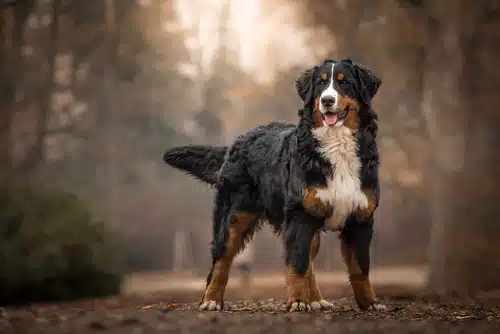
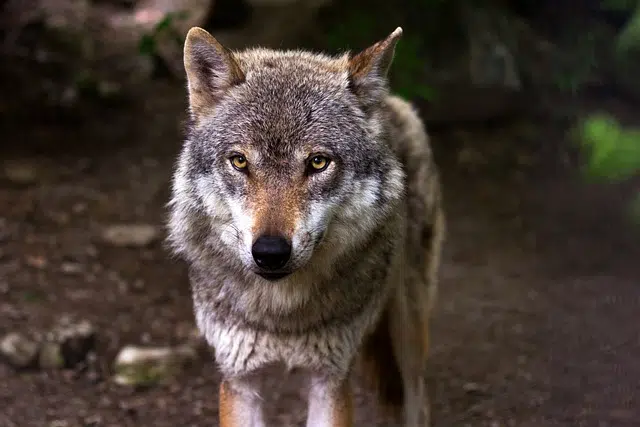
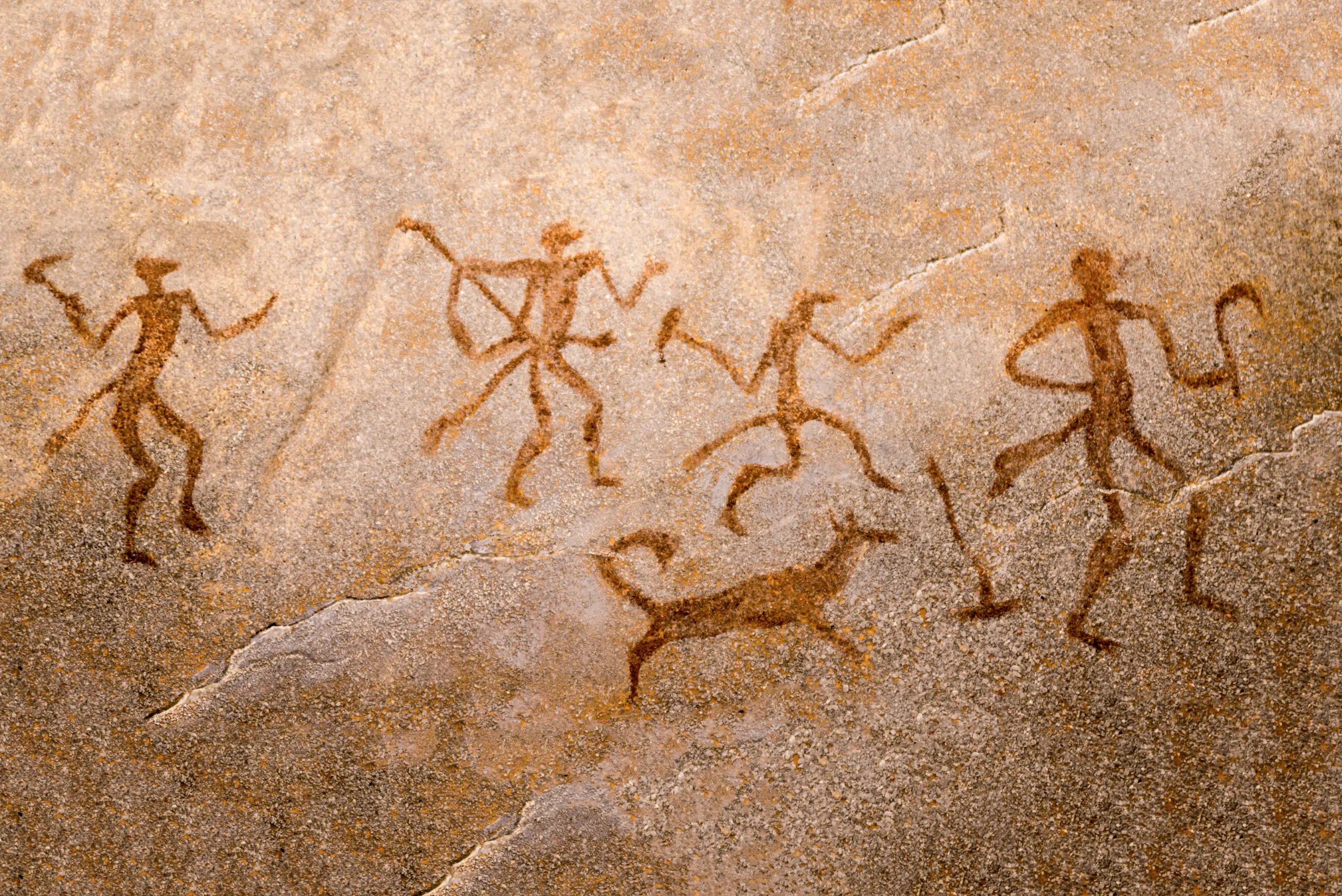


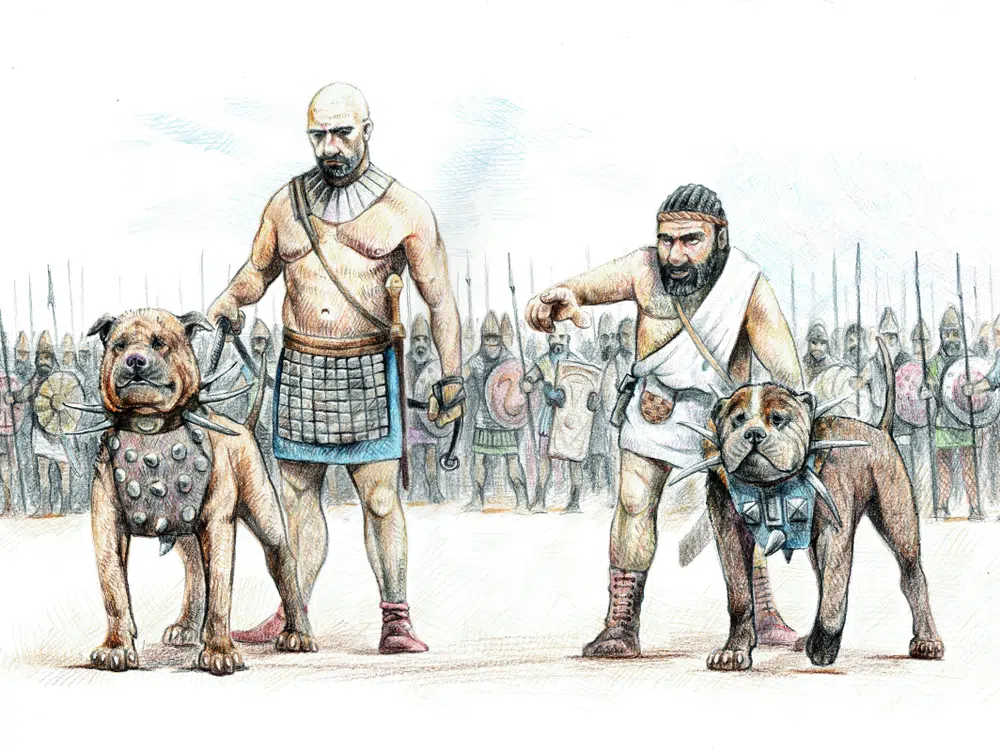
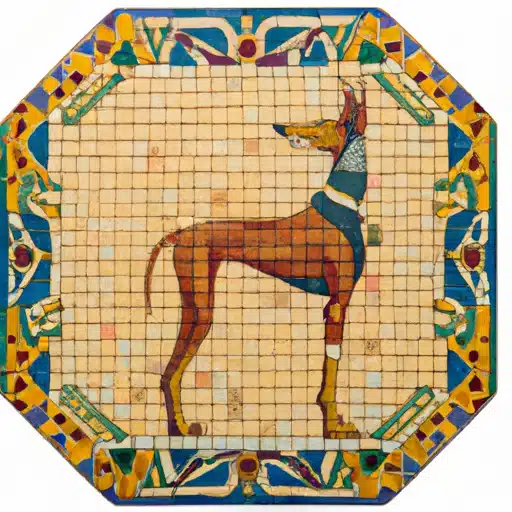
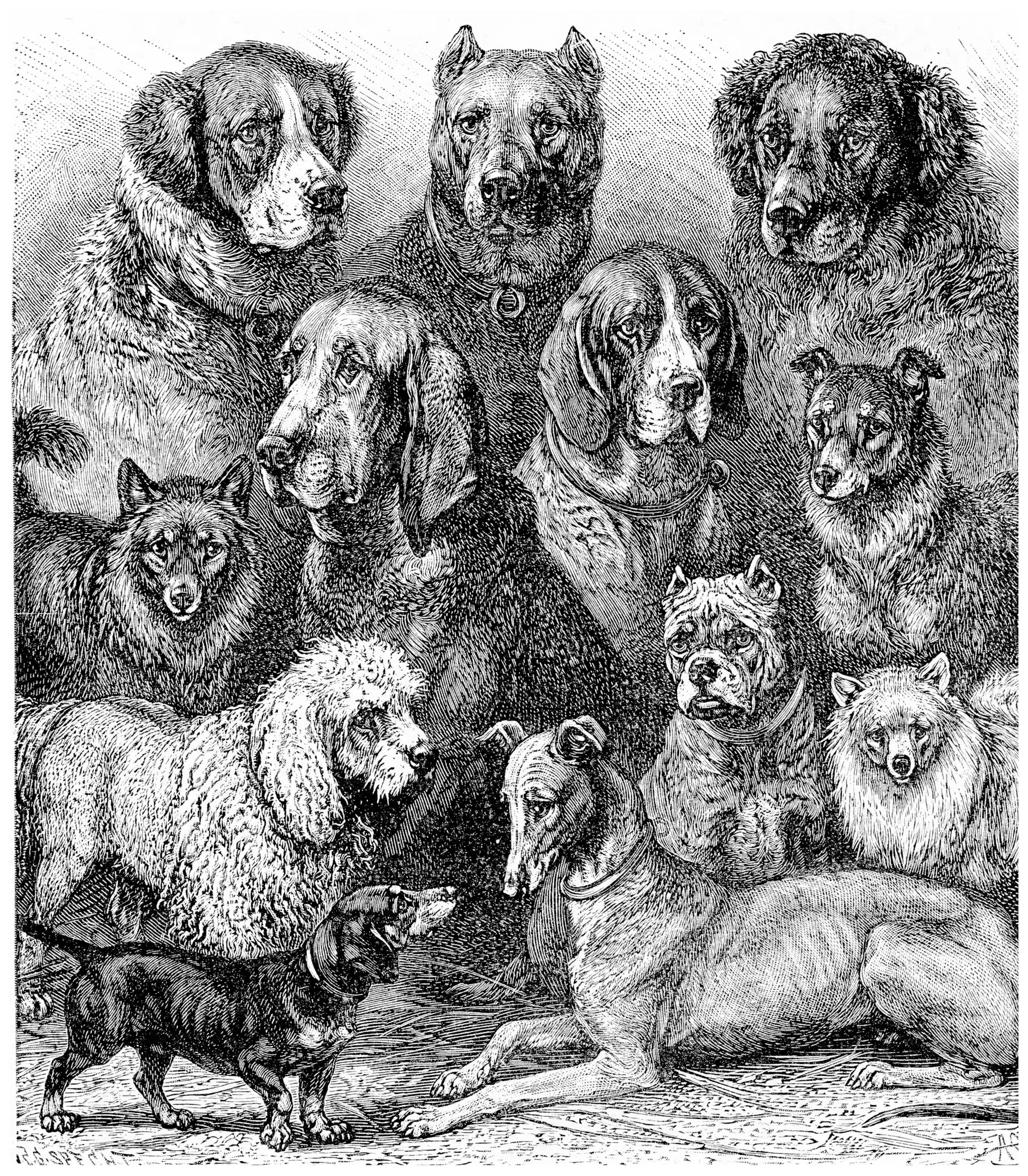
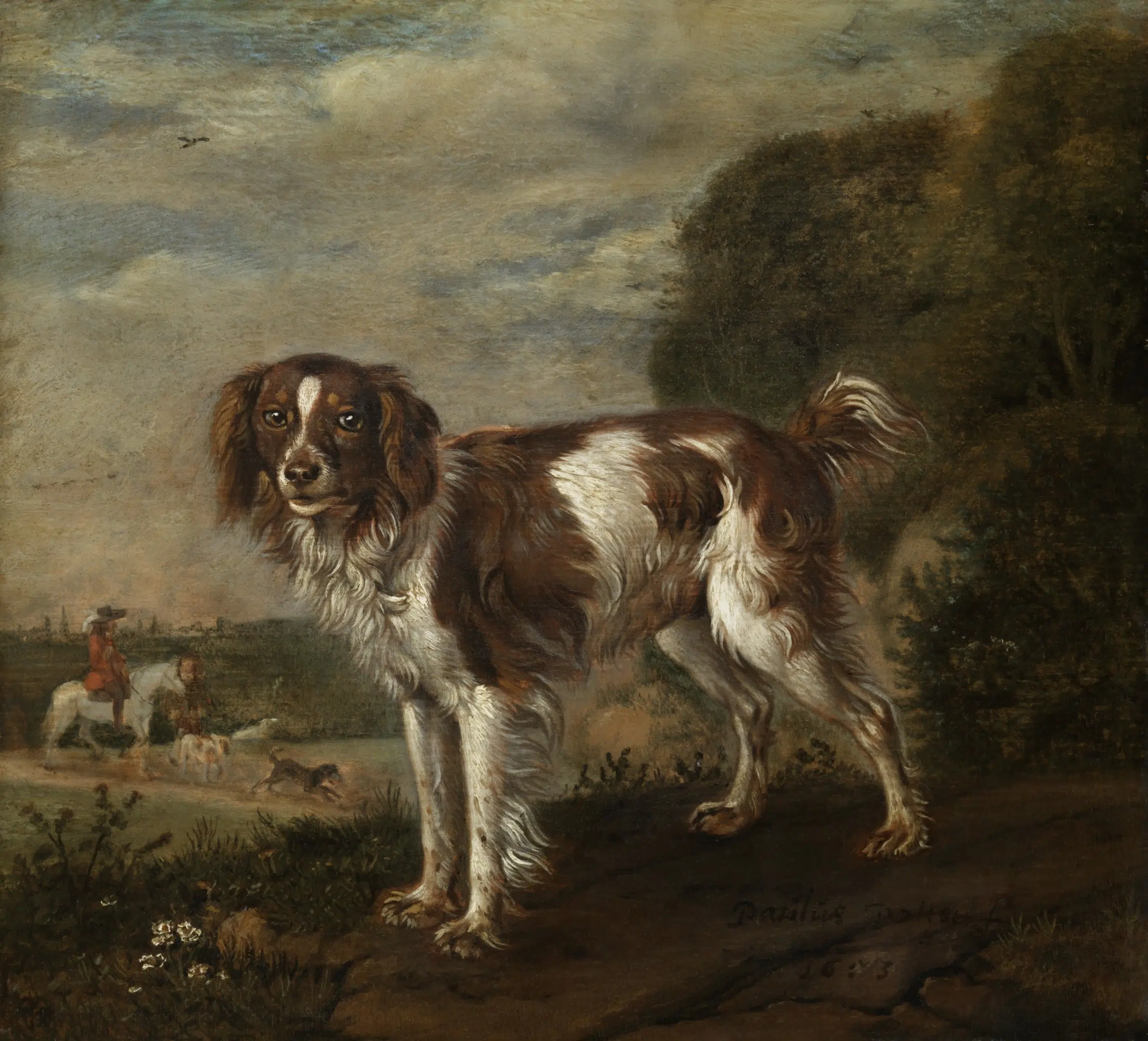

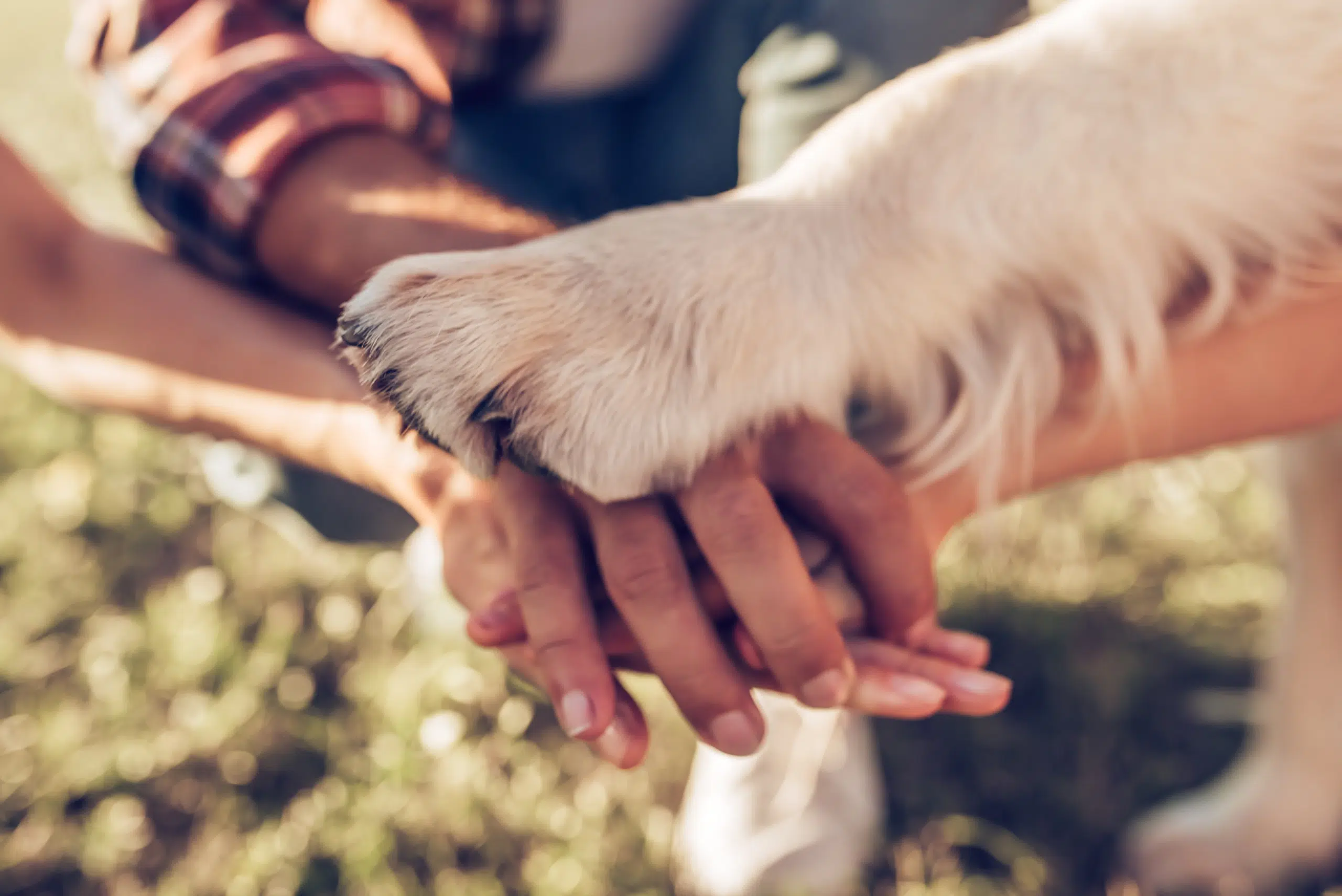

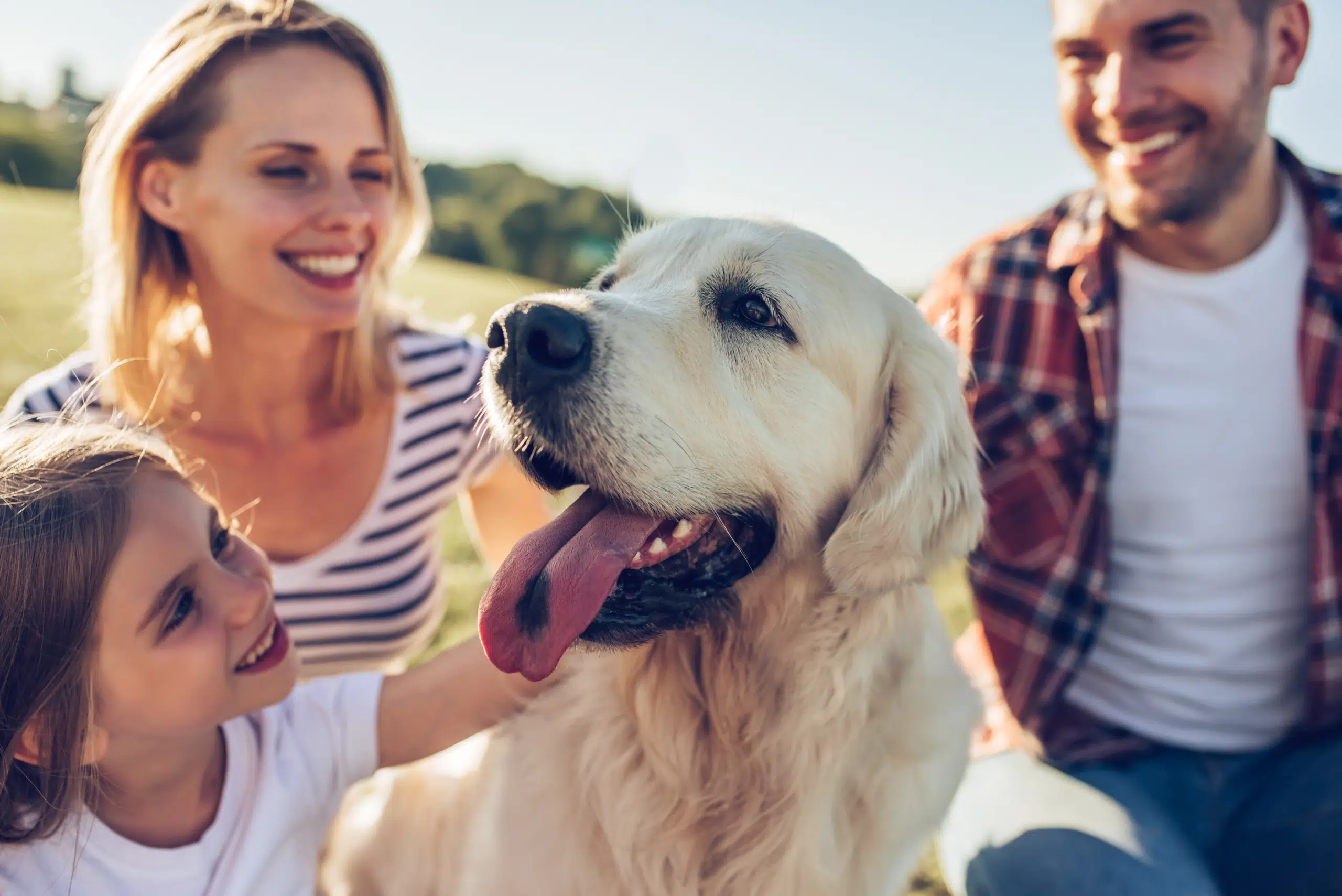
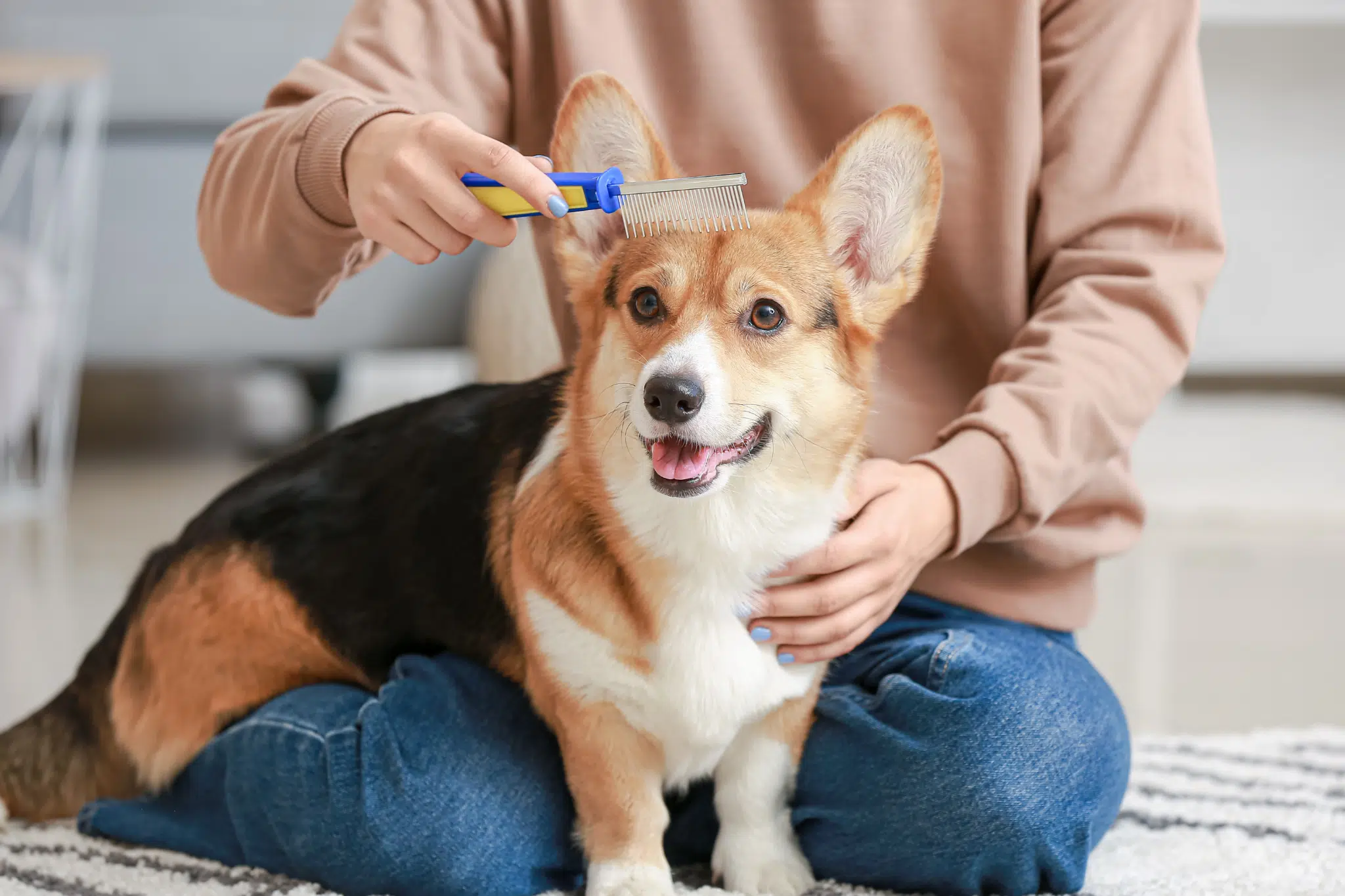
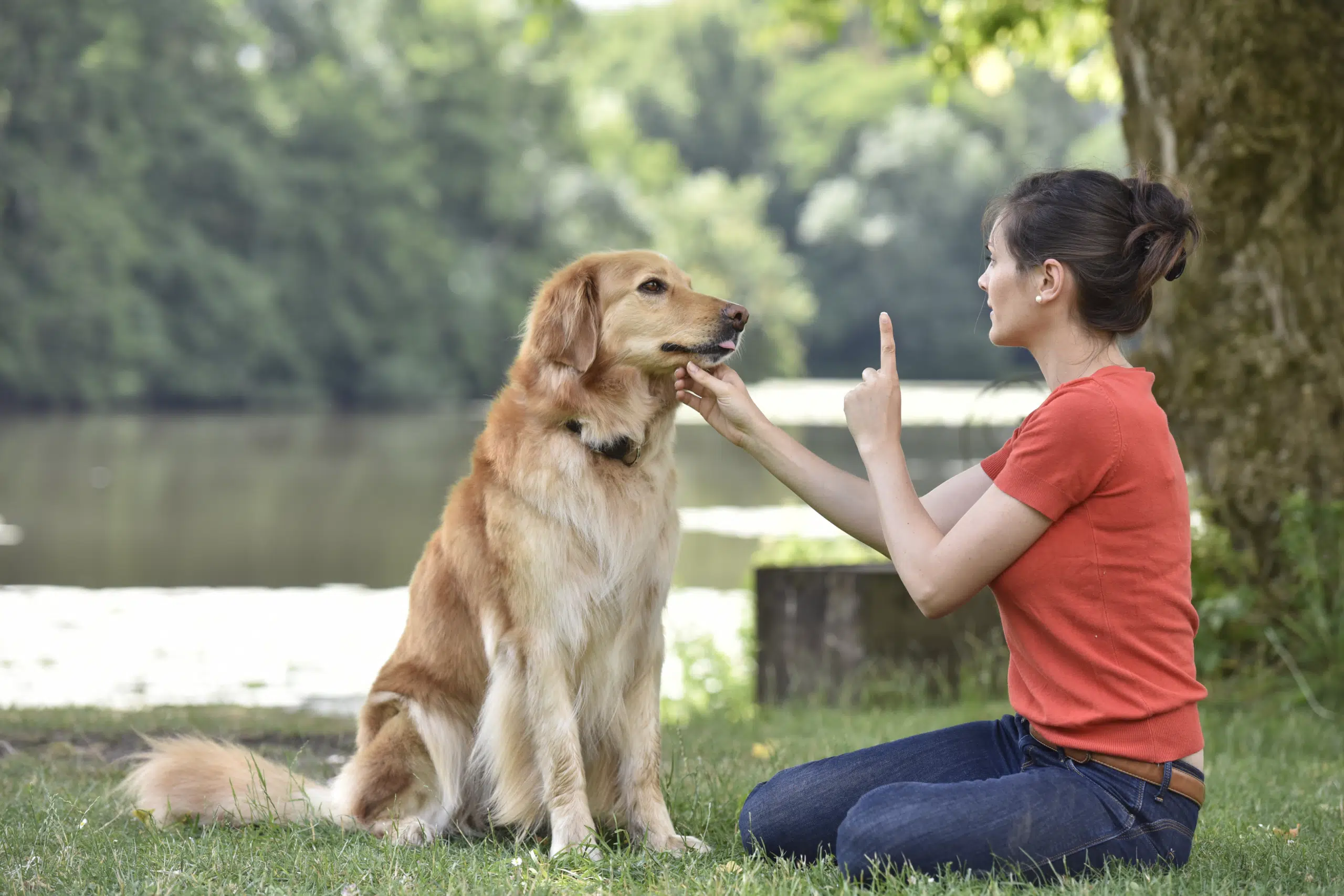
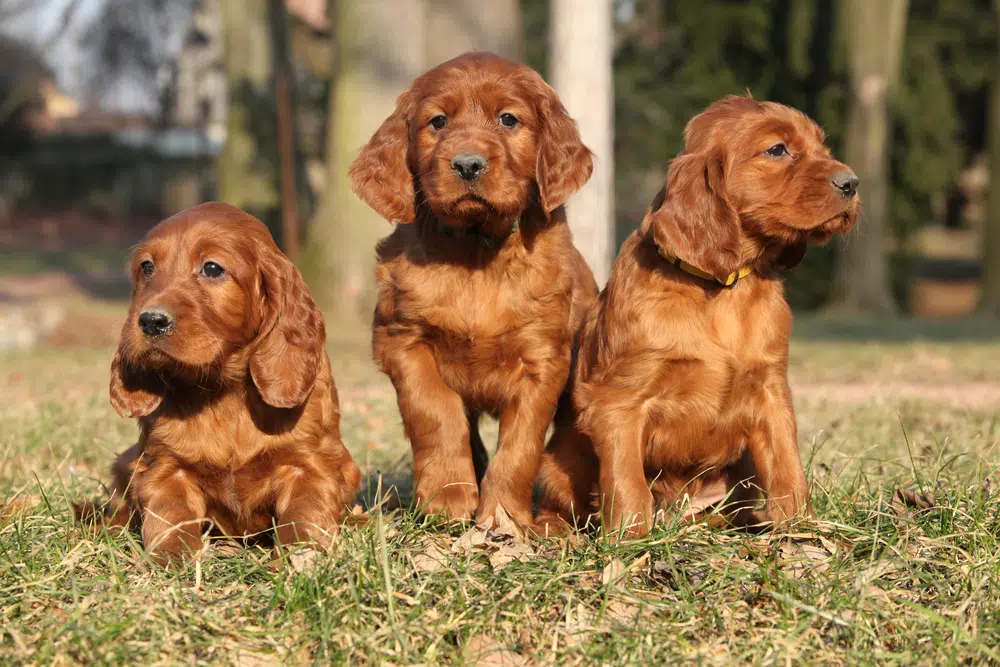
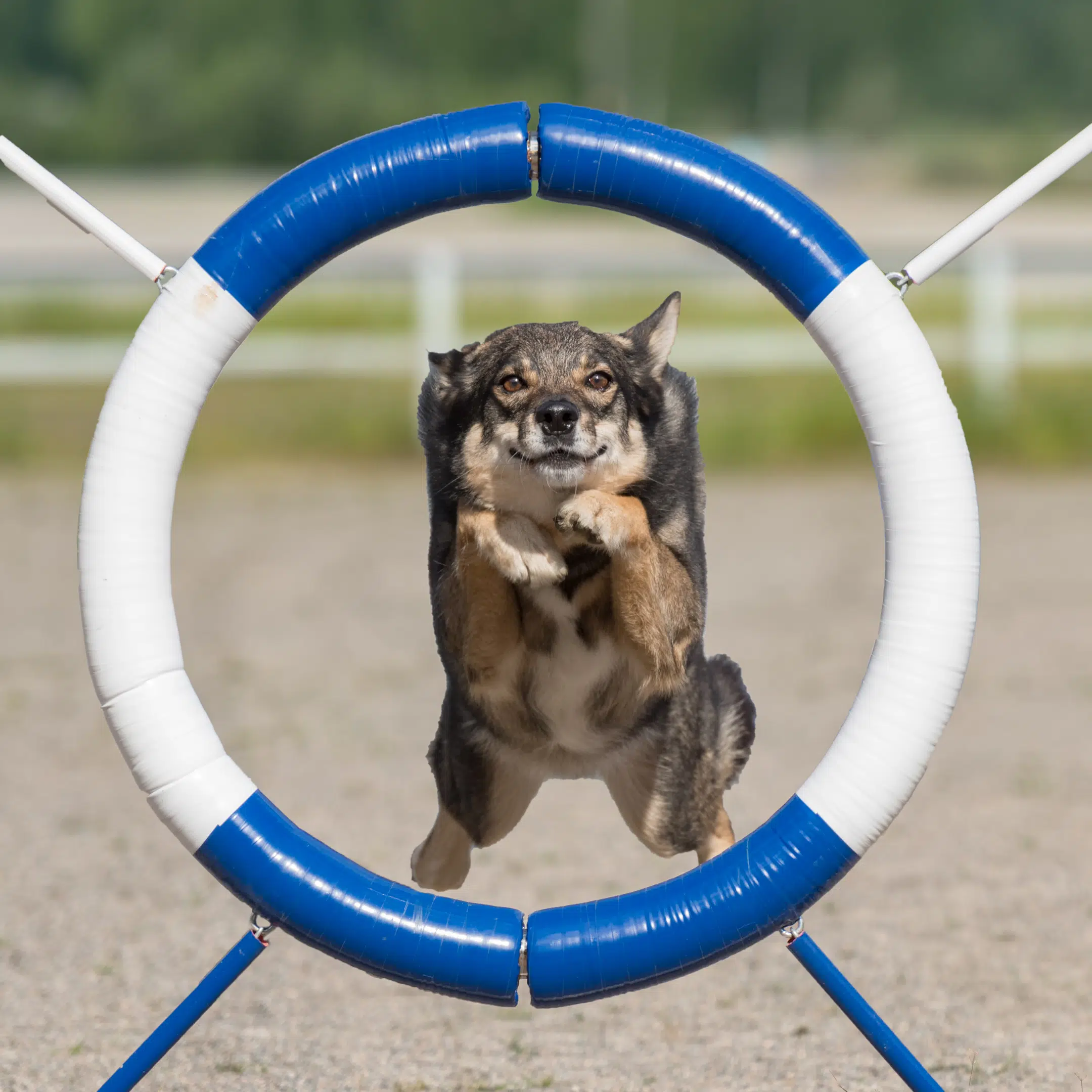
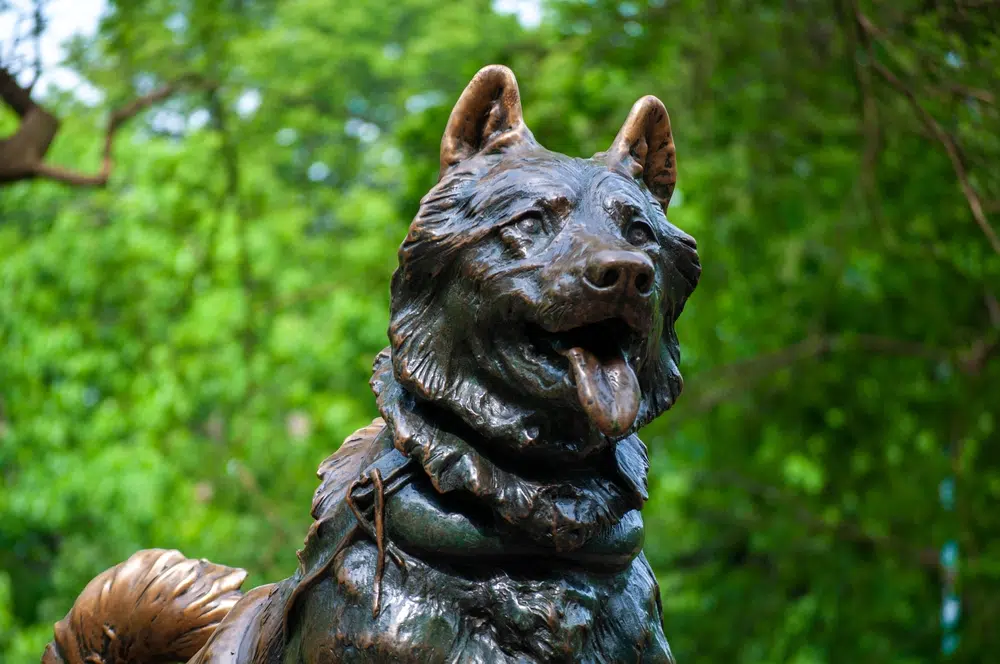
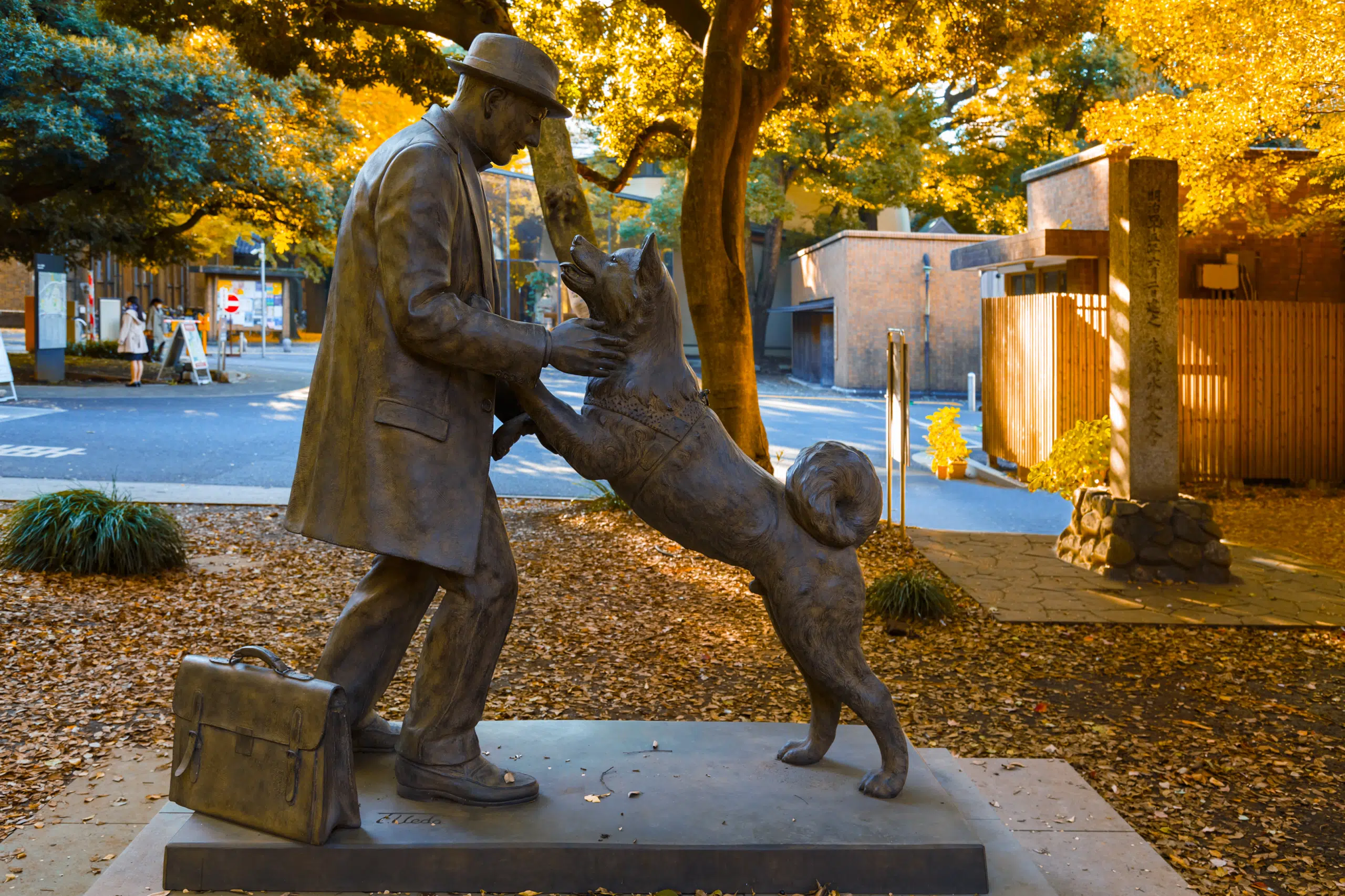

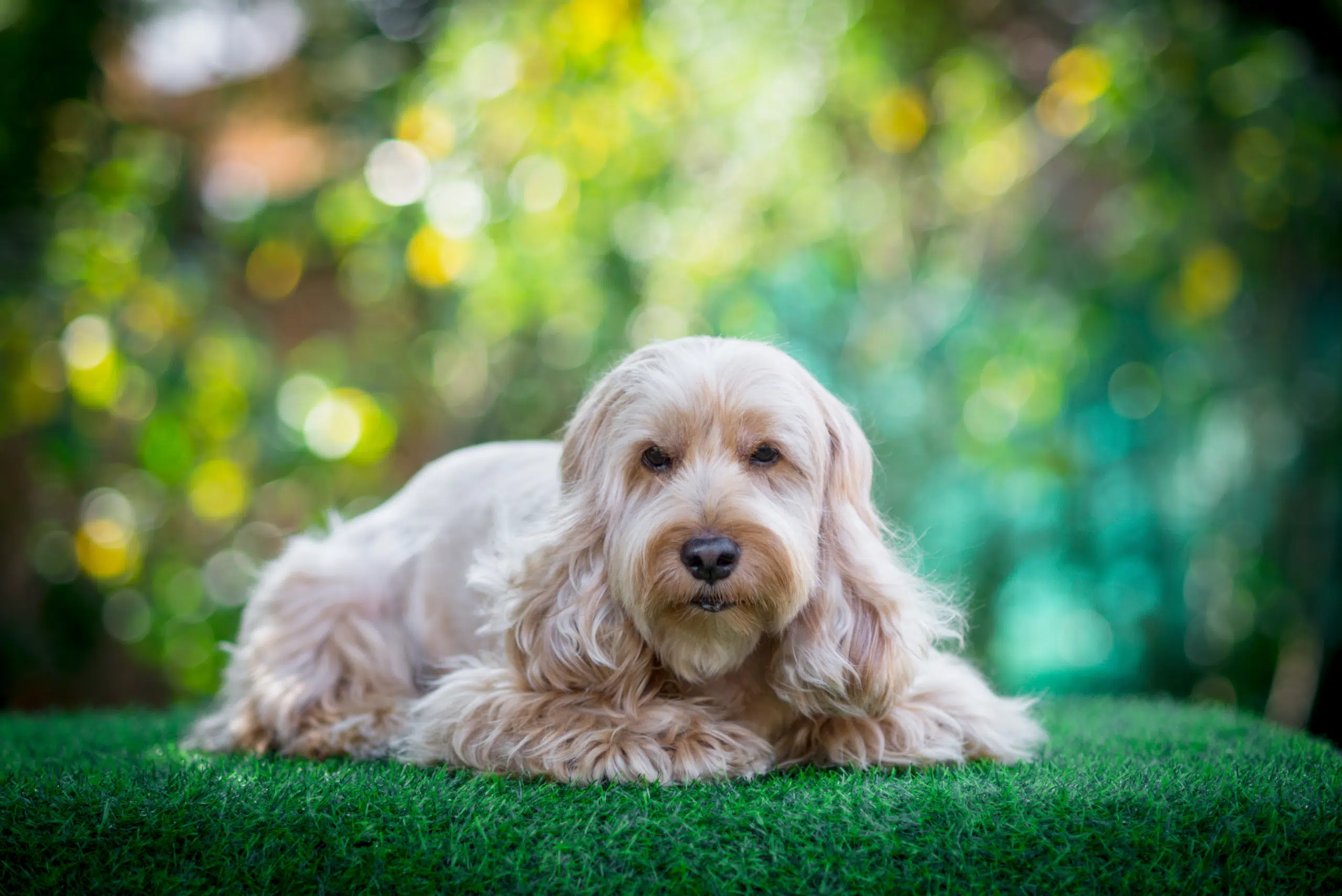
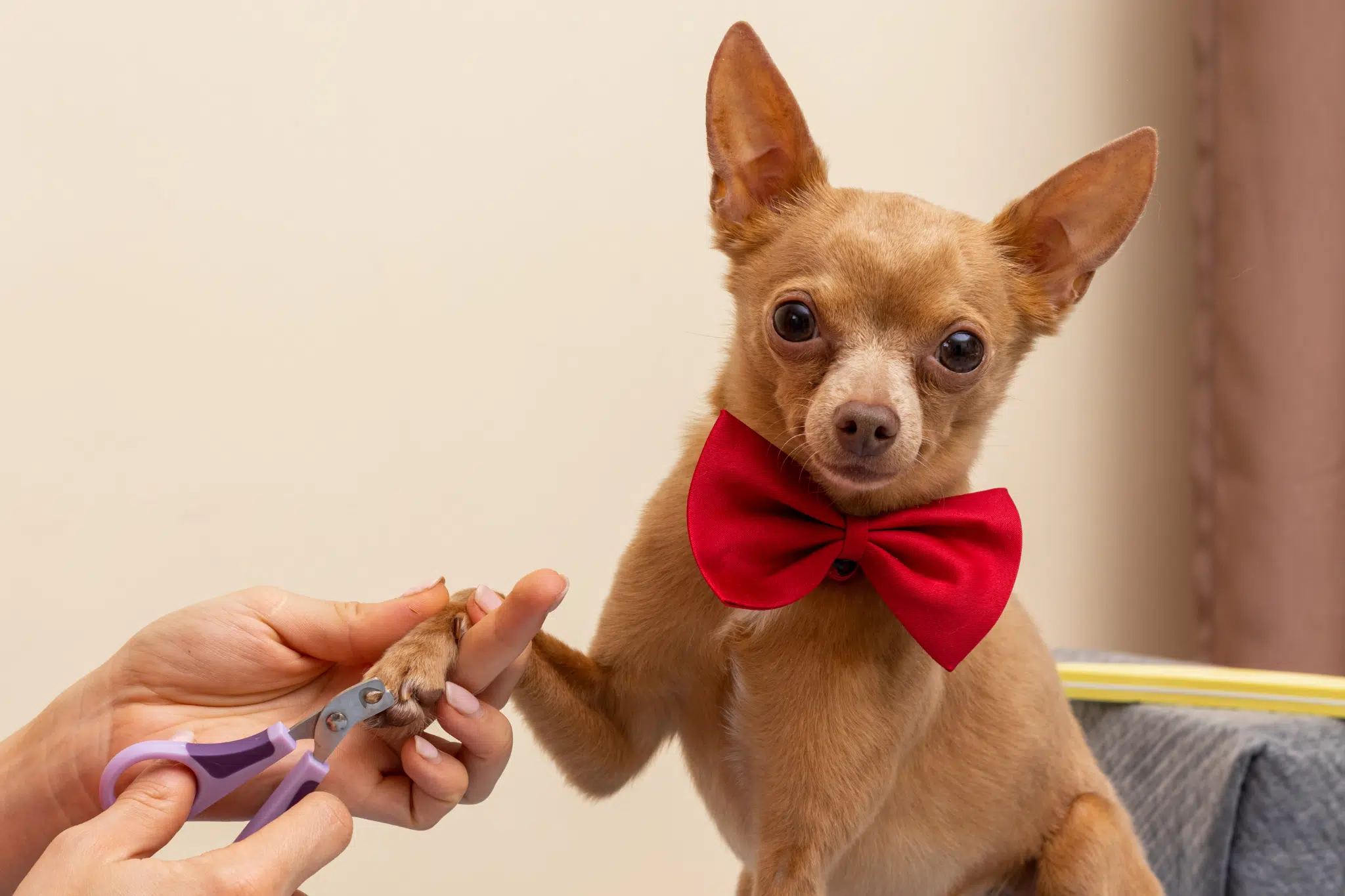
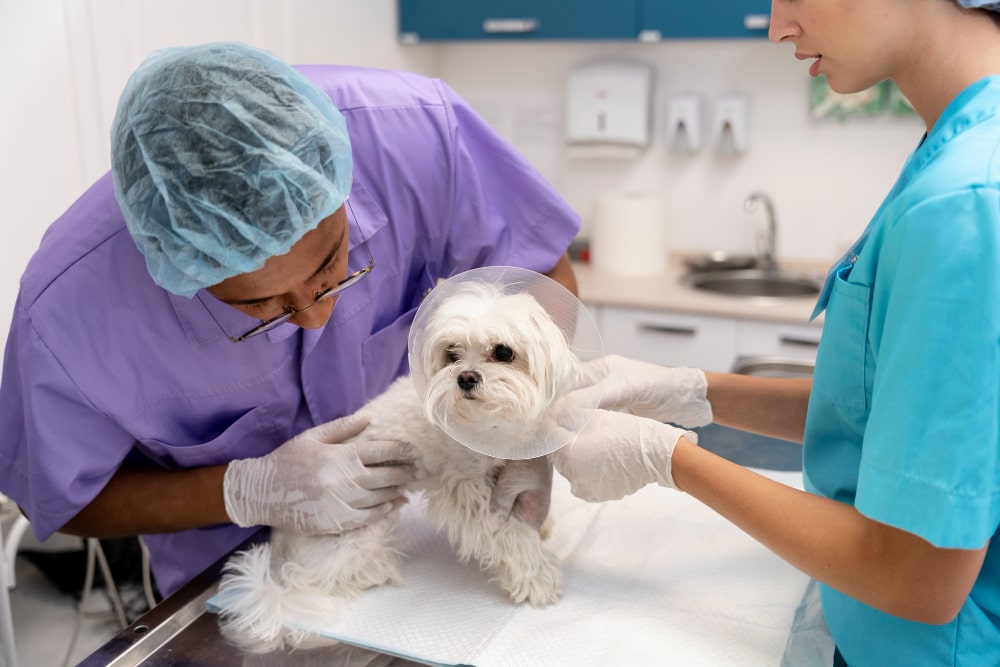

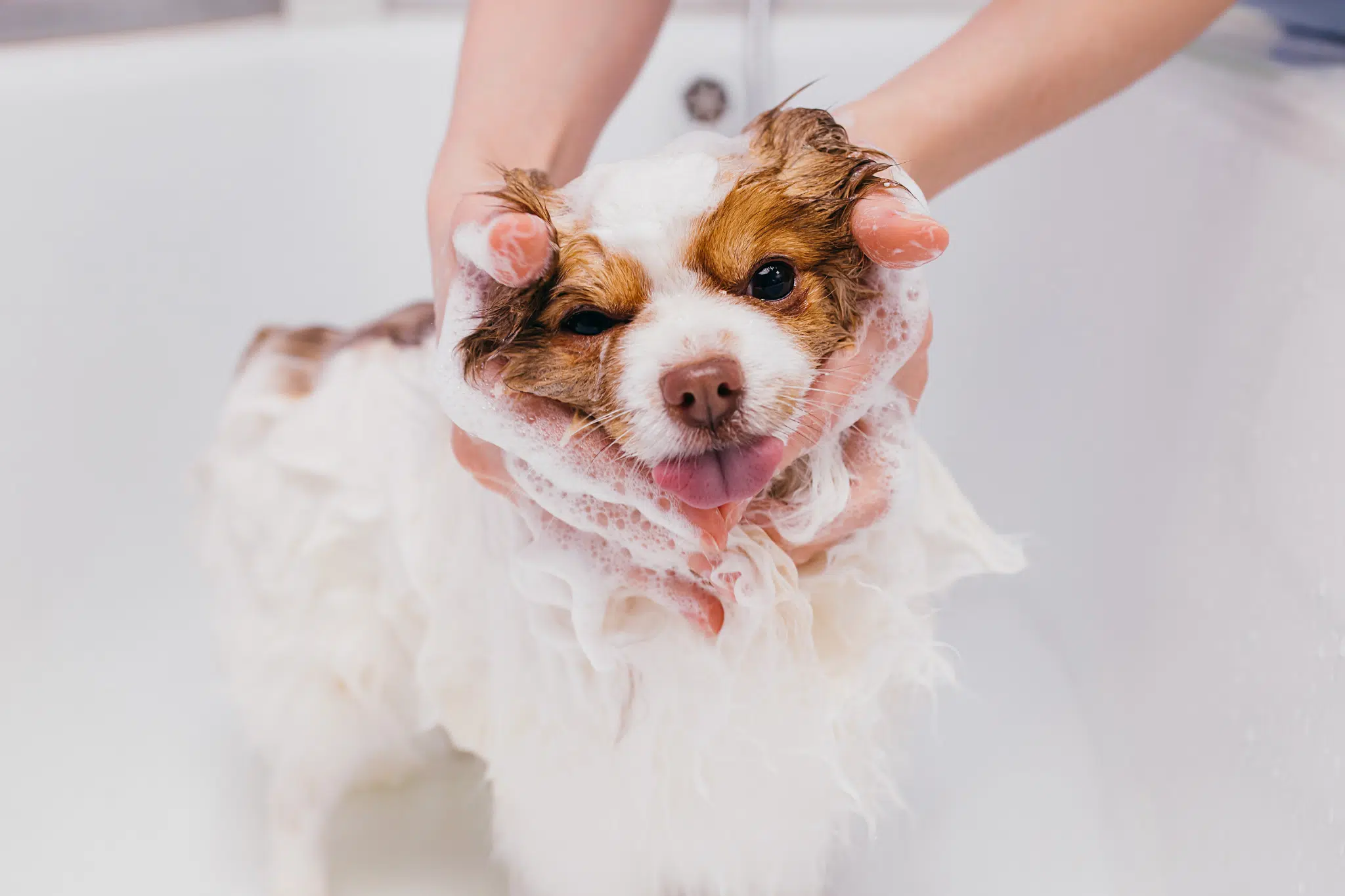
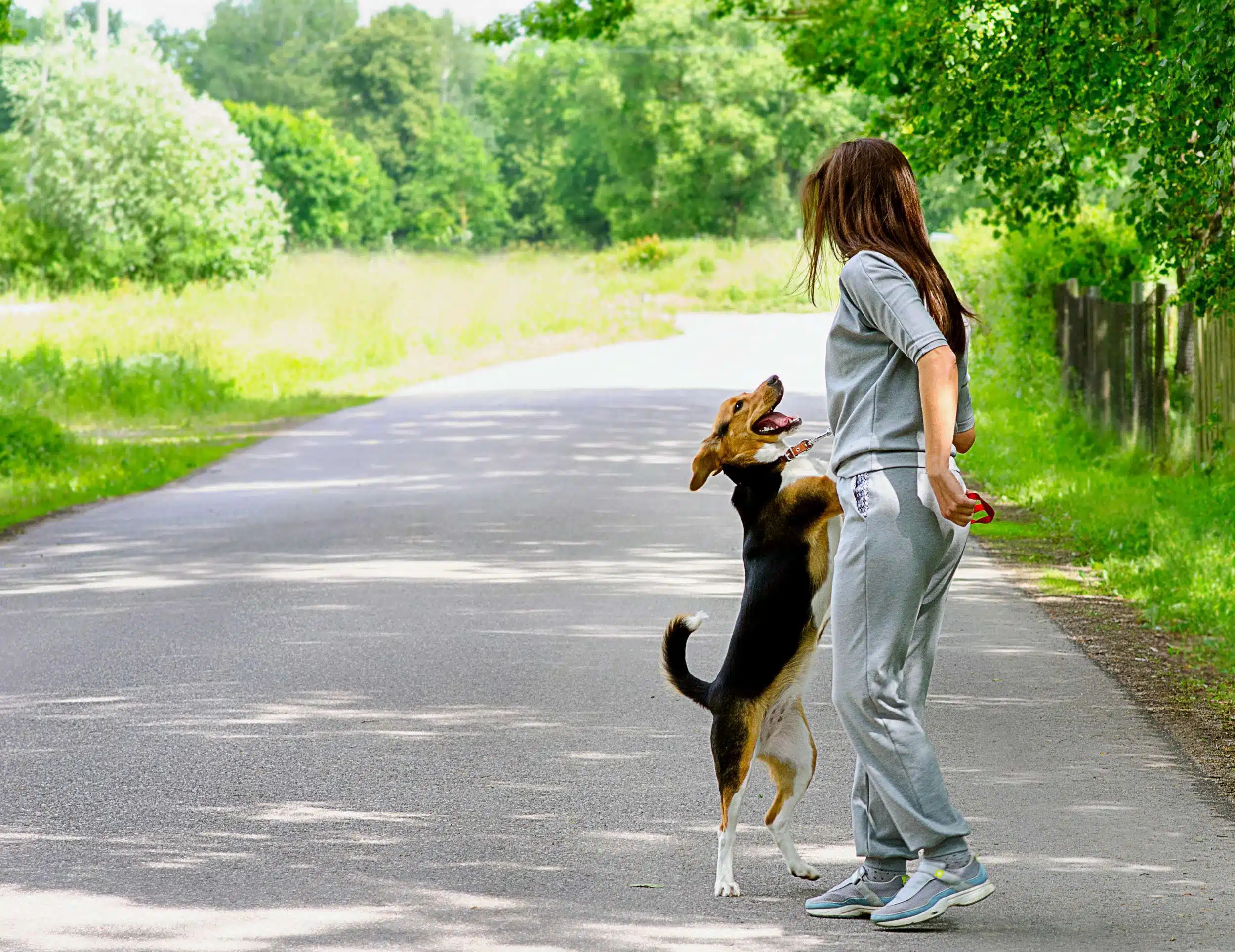

Get involved!
Comments